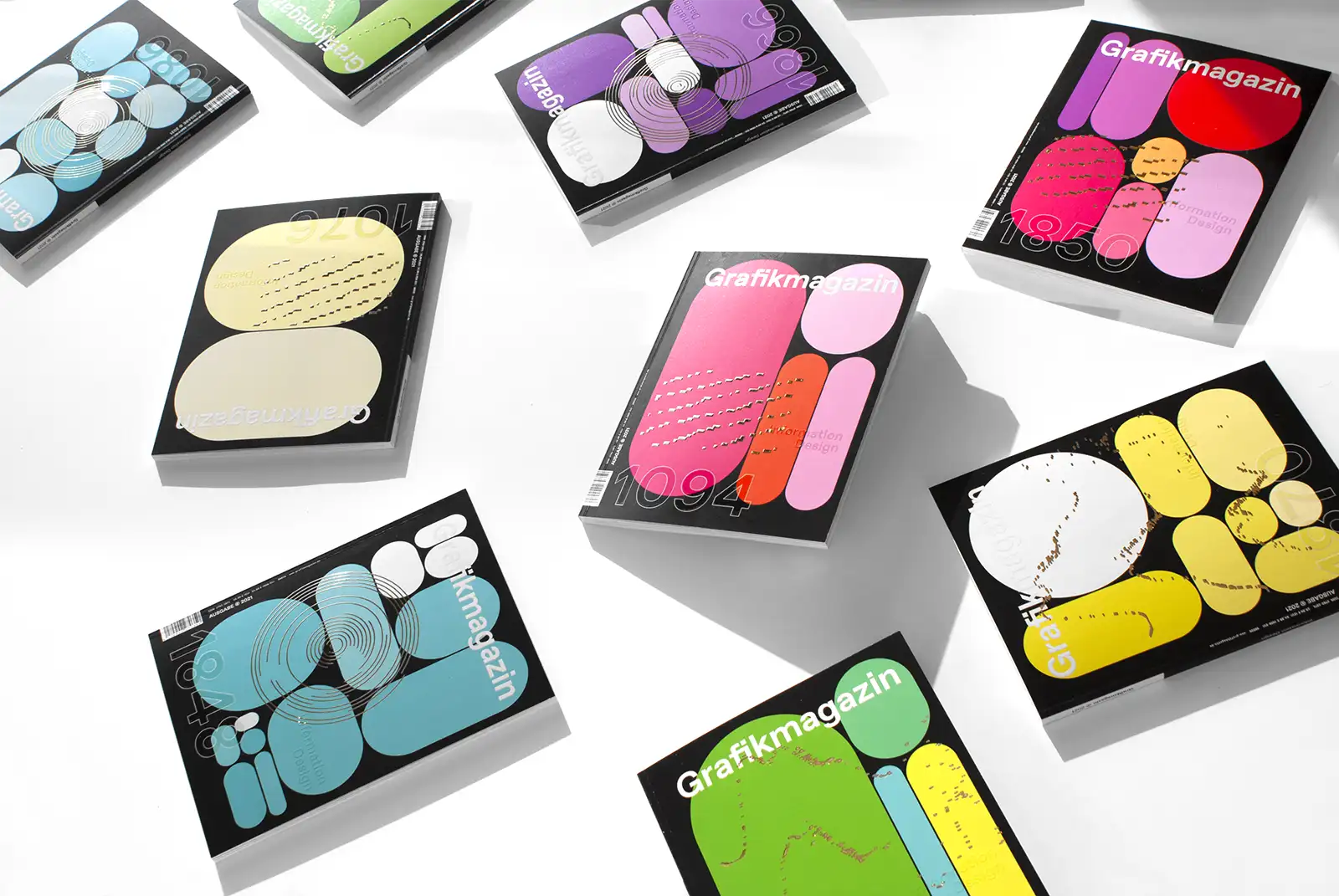In this issue, Grafikmagazin 06.21 focuses on information design and presents projects that use new technologies and data as a basis to create new contexts of meaning through design and make things visible that were previously hidden. Whether it is about environmental protection, archaeology or human rights crimes, information design passionately demonstrates how design can broaden our horizons. The spectacular cover also provides a wealth of information and, above all, variants.
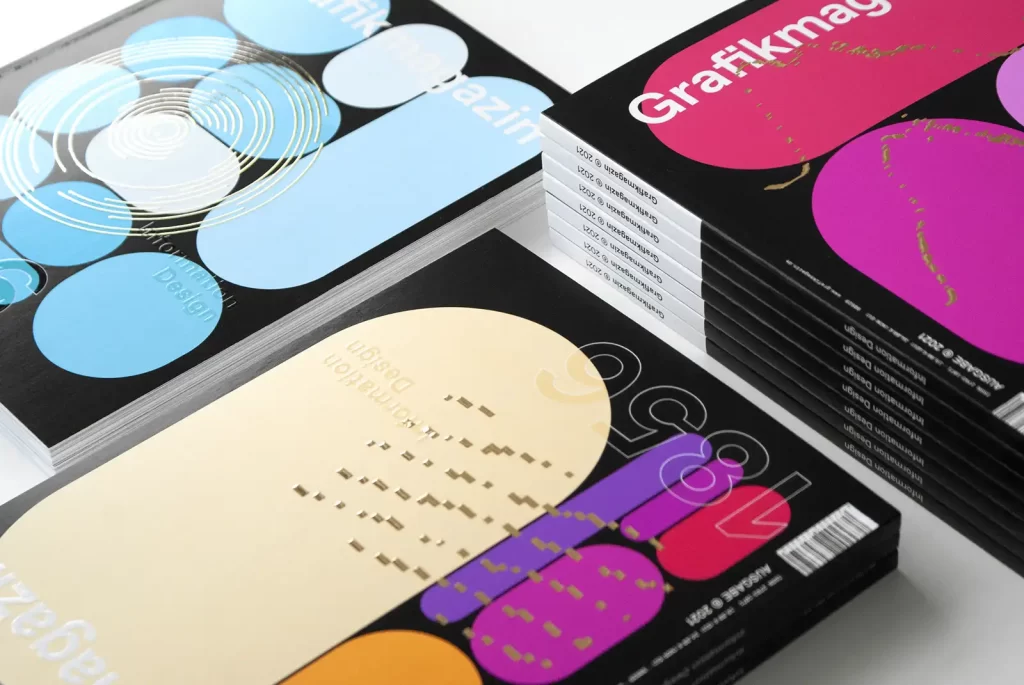
This issue aims to challenge your imagination in various sections, or as editor-in-chief Christine Moosmann says in the foreword: "Just because we can't imagine something today doesn't mean it won't be possible in the future." She is quoting the physicist Harald Lesch, who is also the co-author of a fantastic book on renewable energies. The book was designed by students at Munich University of Applied Sciences and shows how design can make content vivid; we present it to you in our "Design & Research" section.
In any case, the article fits in perfectly with our focus section on sustainability. Here, producer Katja Knahn explains what sustainable print production can look like and how good planning can save not only nerves but also resources. And how can design be sustainable if it simply forgets some people? Andreas Koop pleads for more inclusion or, even better, design for all.
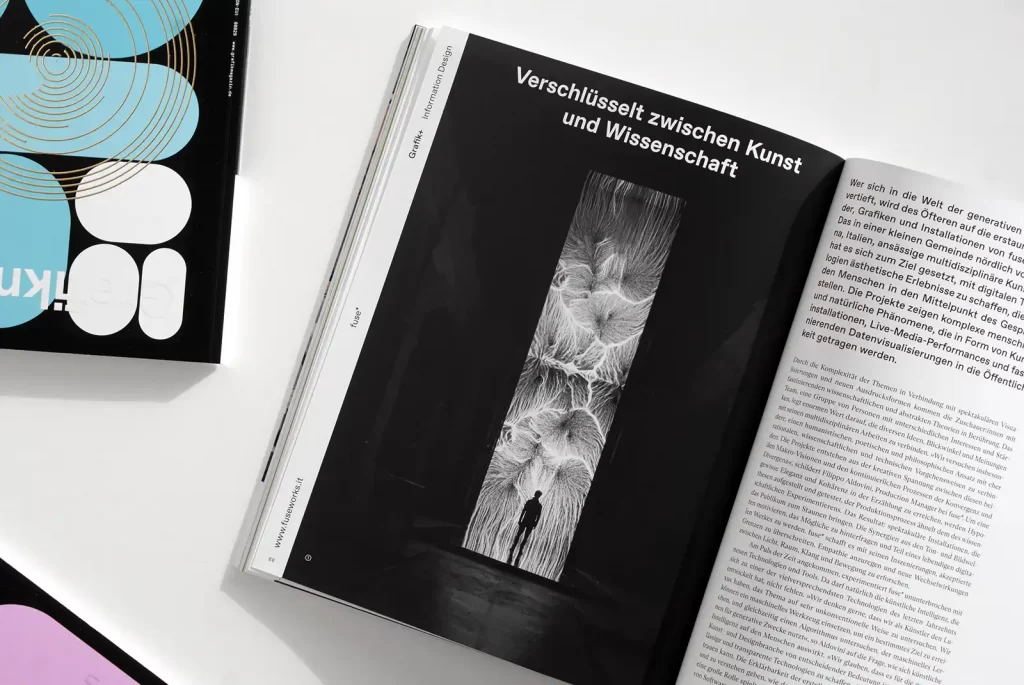
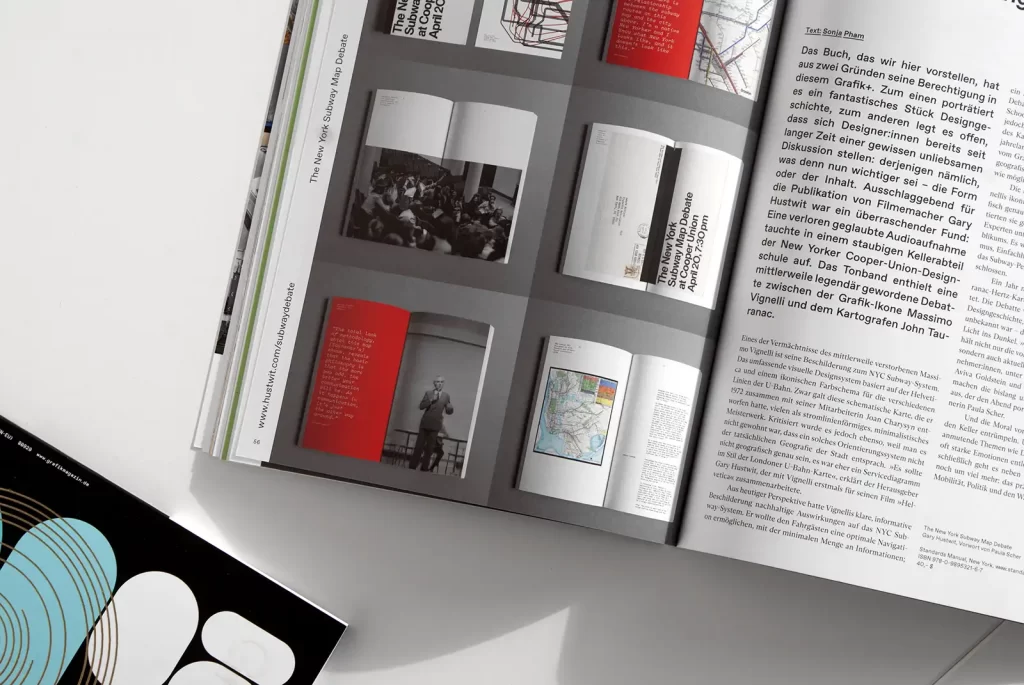
Graphic+ Information Design
Pentagram partner, author and award-winning infographic designer Giorgia Lupi became known for her TED Talk, in which she advocates a humanistic approach to data. In an interview with our correspondent Susanne Schaller, she describes information design as the practice of "finding the right way to make the hidden stories in the data visible and assignable." This form of storytelling is also described in the other articles in our Grafik+, such as Svea Hansohn's approach to using information visualization to present the emotional facts of the coronavirus pandemic. Or the forensic project at London's Goldsmiths College, in which scientists investigate environmental offenses or human rights violations using architectural and structural evidence. However, information design can also offer pure entertainment, as demonstrated by "Torten der Wahrheit", a graphic column by Katja Dittrich.
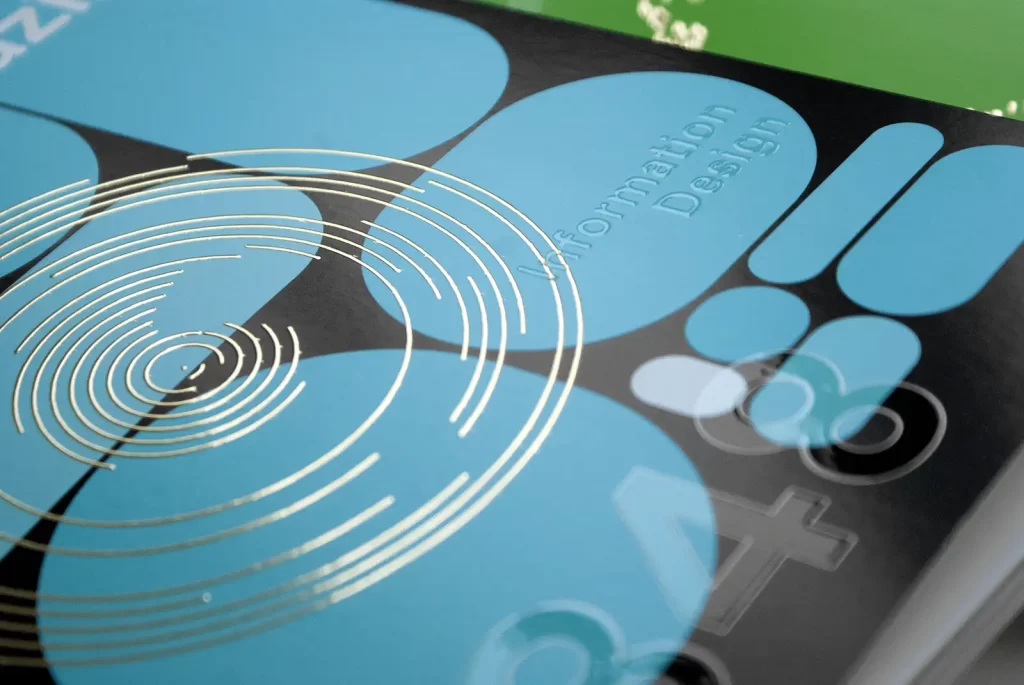
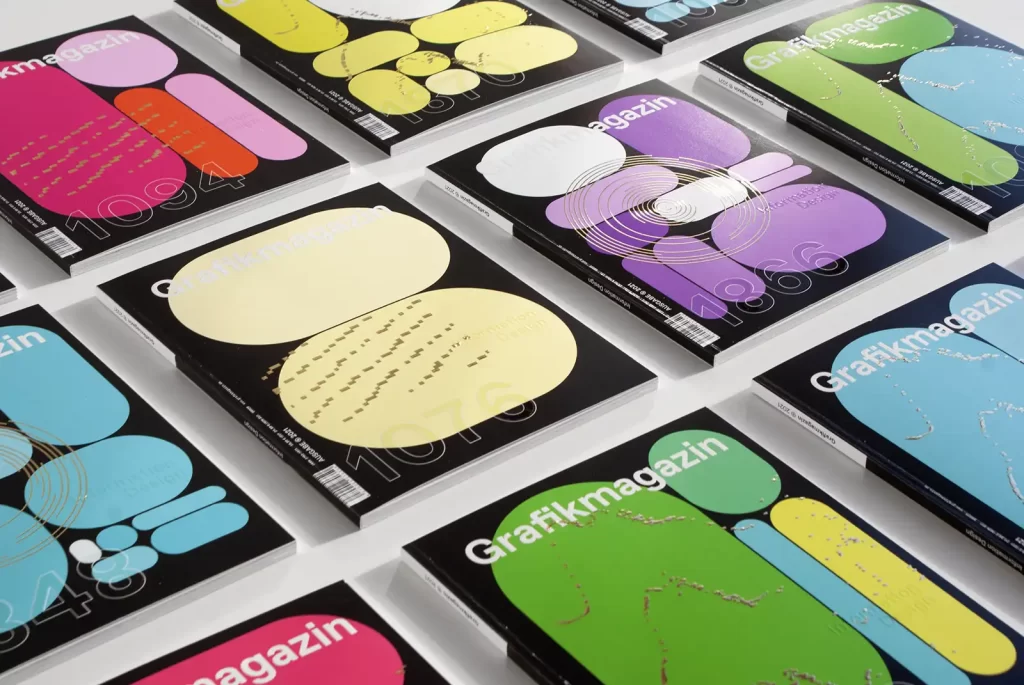
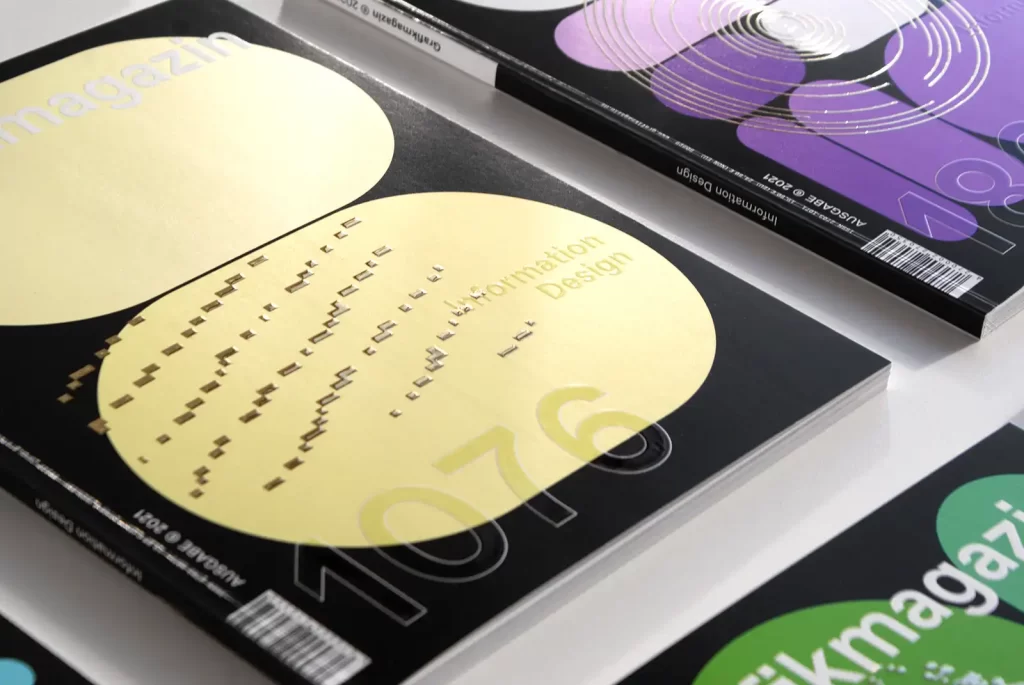
Cover, paper & production
As the saying goes, "modesty is an ornament, you get further without it". We weren't exactly modest with this cover either and made the most of everything that digital printing has to offer. With Konica Minolta, we had a strong partner at our side who was not only able to print an infinite number of variations of the cover motif, but also to refine them individually. The cover is adorned not only with different stylized pie charts, but also with graphs in gold or silver hot foil, and a consecutive numbering in textured varnish reveals which copy you are holding in your hands. The design was created by our Art Director Tobias Holzmann, who used algorithms to make each cover unique.
We used the coated folding boxboard MetsäBoard Prime FBB Prime Bright for the cover. What is ideal for luxury packaging is just right for the Grafikmagazin . What's more, the material is produced from sustainably managed forests in Scandinavia and meets the highest environmental standards.
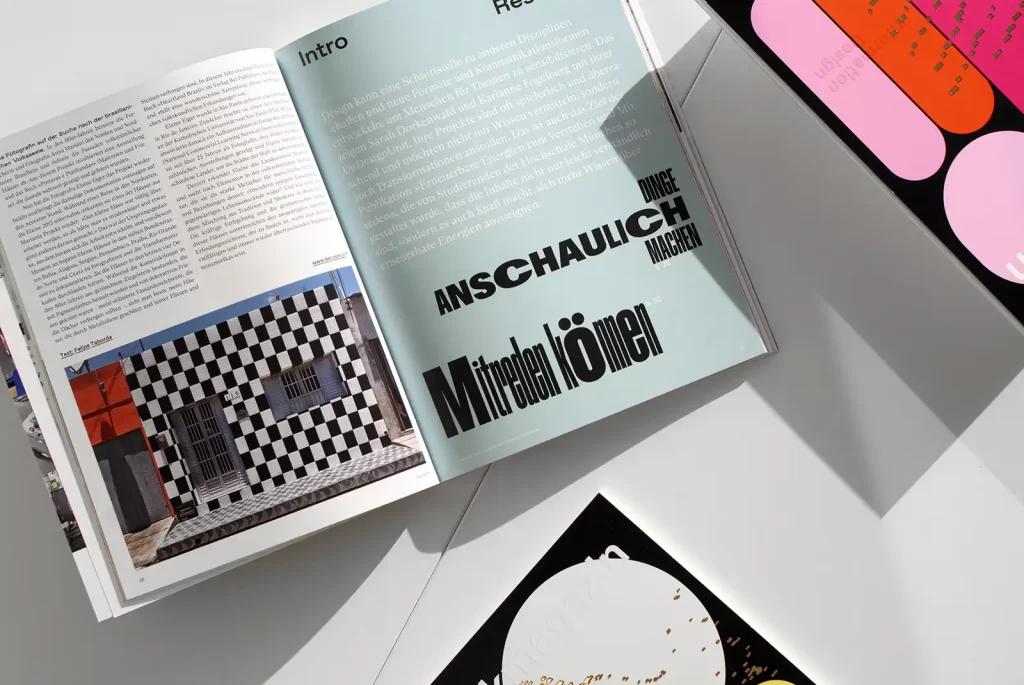
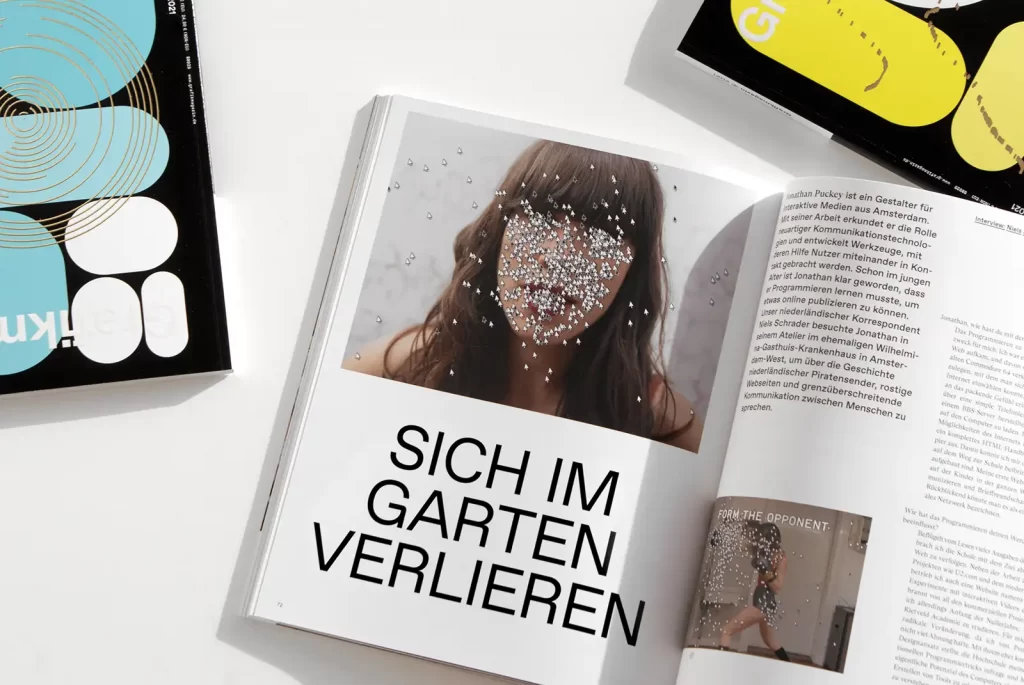
The showroom
A wide range of inspiration also awaits our readers in our showroom. Jonathan Puckey uses coding and design to connect people, for example with his "Radio Garden" project. Our author Felipe Taborda introduces Guillermo Gonzáles Ruiz, an Argentinian designer whose work from the 1960s and 1970s is still remarkable today. And Piero-Emmanuel Lyet's illustrations draw you into a veritable frenzy of color. Last but not least, we present the latest winners of the Red Dot Award, expertly commented on by jury member Bettina Schulz.
Enjoy the diversity of this issue and get your copy now

The American platform Paperspecs, which provides designers with ideas and know-how for exceptional print productions, has dedicated a detailed article to the 06.21 Grafikmagazin .
Take a look at our other key topics, such as "Poster design", and find out more about "Typography", "Corporate communication" or appetizing projects from gastronomy and food.

